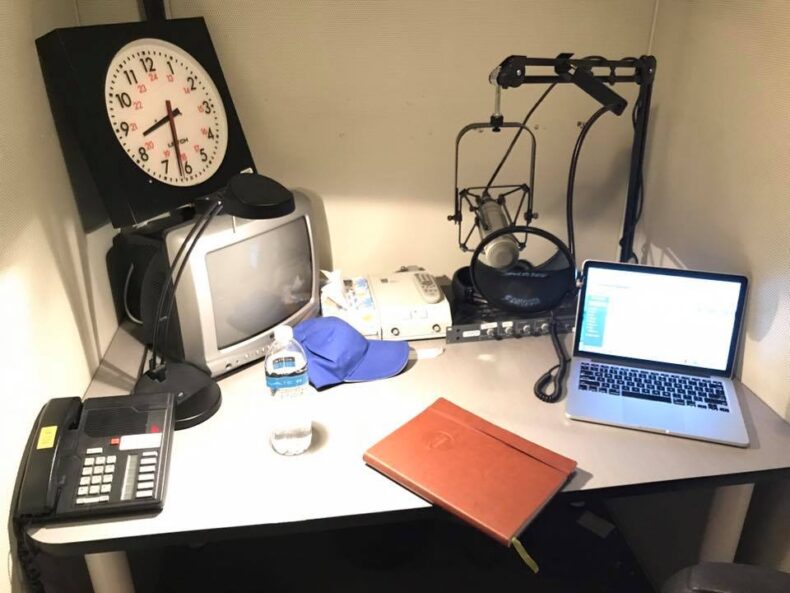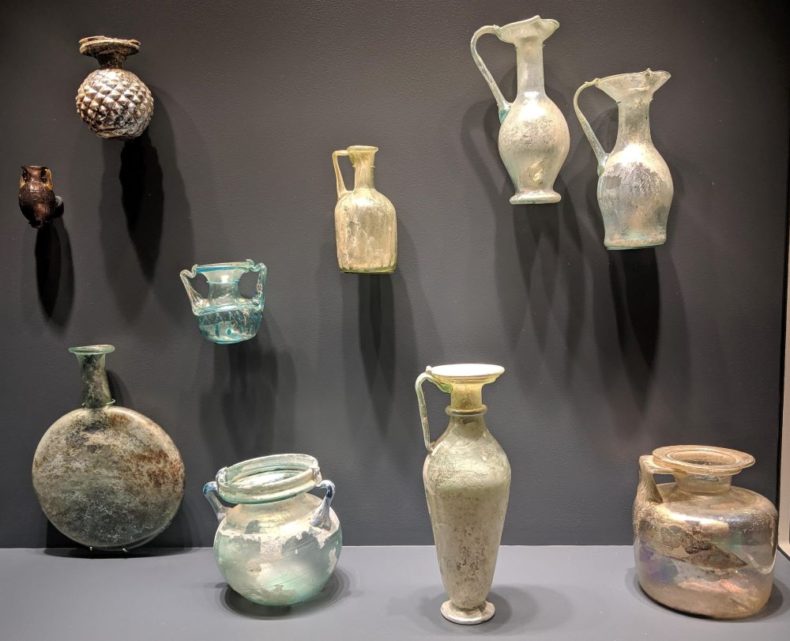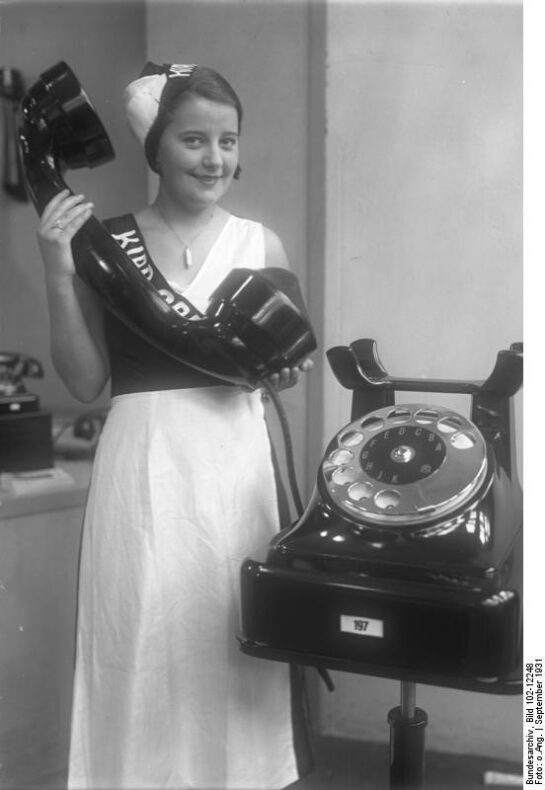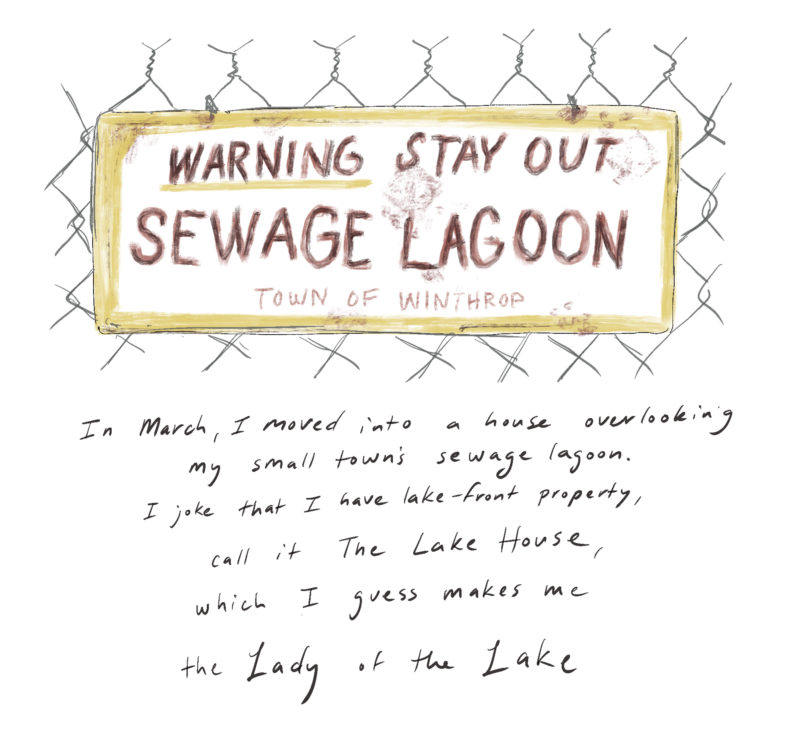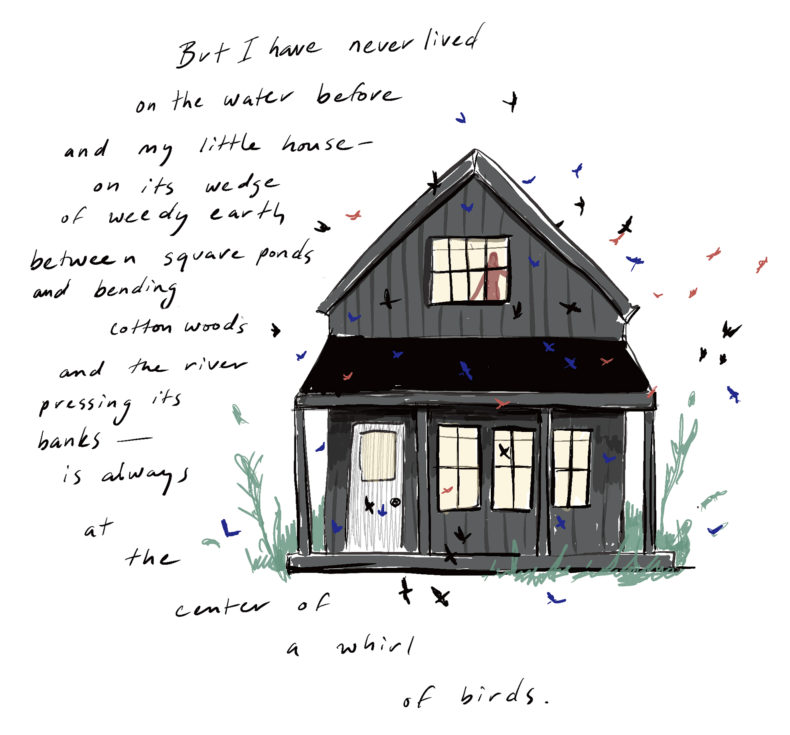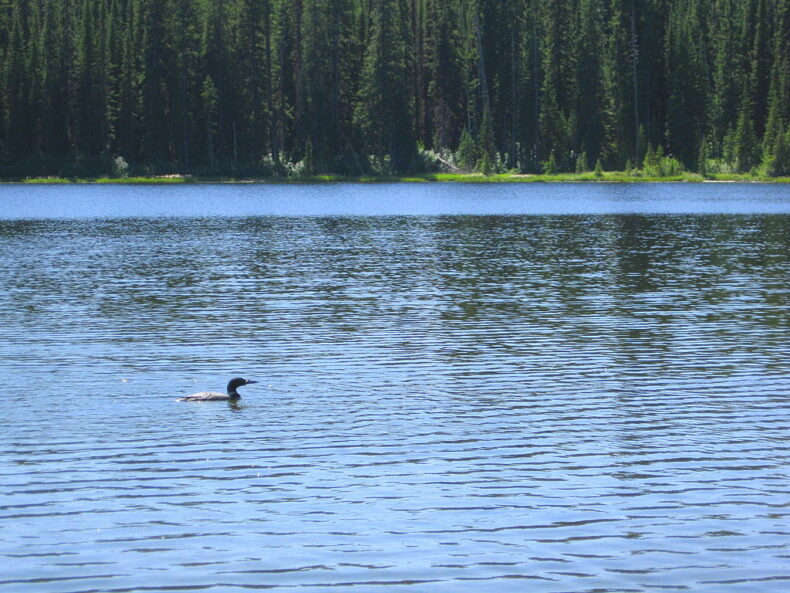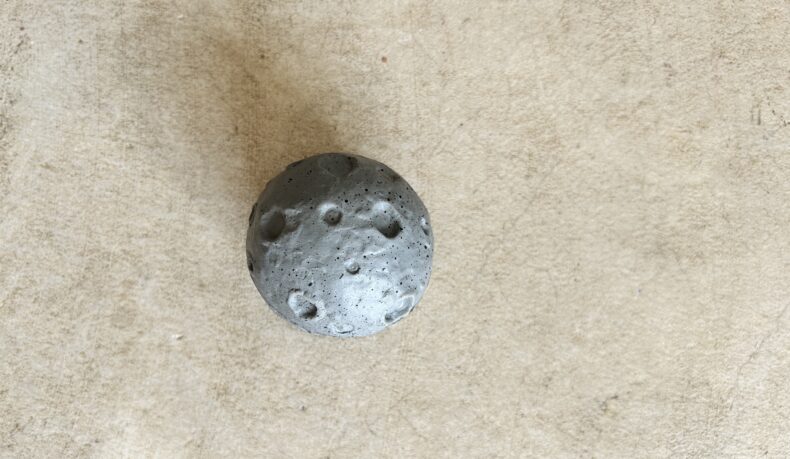
A defensive back playing for a Texas university football team recently said something unusual into a press microphone. “I don’t believe in space,” he said. “I’m religious, so I think, like, we’re on our own right now. I don’t think there’s, like, other planets and stuff like that.”
I welcome eccentric ways of thinking. Being bogged down by rational observation can hide glimmers of truth science doesn’t see. Believe away, I think, which the young football player did, using the word ‘heliocentric,’ saying he doesn’t believe the Earth revolves around the sun. “I started seeing flat Earth stuff, and I was, like, that’s kind of interesting,” he said. “They started bringing up some valid points.”
The mind doesn’t always take kindly to infinity heaped with countless nuclear engines swirling through galaxies as numberless as the stars. It might be easier to think of space as a canvas, a background, nothing to see here. There’s a reason Galileo stood trial before the church.
Several days before these quotes came out, I attended an event for Rebecca Boyles’ wonderful new book, “Our Moon: How Earth’s Celestial Companion Transformed the Planet, Guided Evolution, and Made Us Who We Are.” She described how moon dust is like tiny splinters of glass, not softened by the erosive processes we experience on Earth, no wind to blow it around, no water to wear it down. As of the lunar landing in 1969, NASA scientists weren’t sure if the dust might be flammable, insisting astronauts re-enter their lander without any on them, which they found to be impossible because the minuscule barbs of bolide ejecta stuck to everything. Everyone held their breath and, thank goodness, the dust turned out to be inert. That is real.
I took the football player’s quote to Richard Panek, another writer for LWON, and in a video chat his mouth struggled to come up with a response. He finally said, “It’s a new one on me. It would never occur to me. It would be like saying the ocean isn’t real. It makes no sense.”
Continue reading